All Science
- Oklahoma Fox affiliate cuts evolution from 'Cosmos' premiere
In what Oklahoma City's Fox 25 called an operator error, the station aired a local news promo over the show's content that discussed evolution.
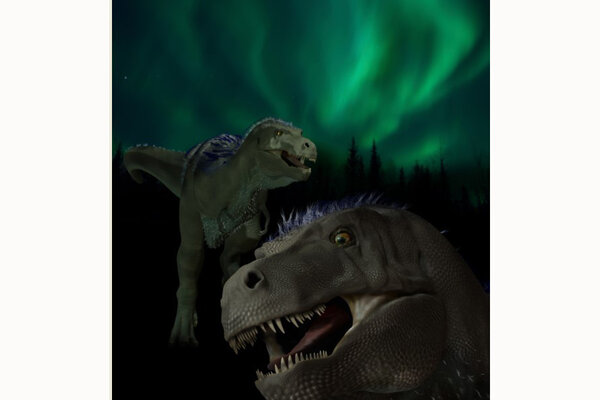 Adorable miniature Tyrannosaur once roamed the Arctic, research finds
Adorable miniature Tyrannosaur once roamed the Arctic, research findsThe discovery of the 'pygmy tyrannosaur' found in 2006 on Alaska's North Slope point toward a relatively warmer Arctic Circle, according to a new study.
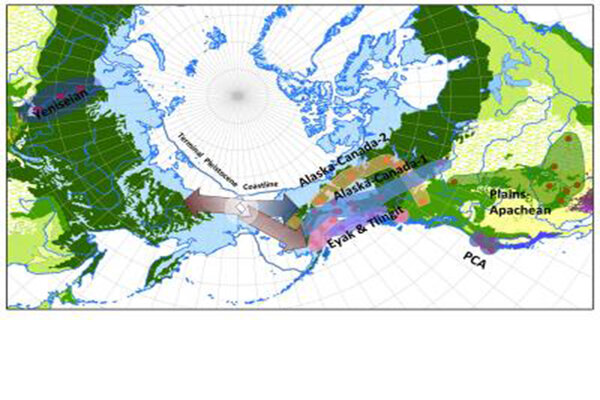 On the journey from Asia to North America, some turned back, say linguists
On the journey from Asia to North America, some turned back, say linguistsUsing a technique borrowed from evolutionary biology, linguists have found that migration from Beringia, the now-submerged region that bridged Asia and North America, was not unidirectional.
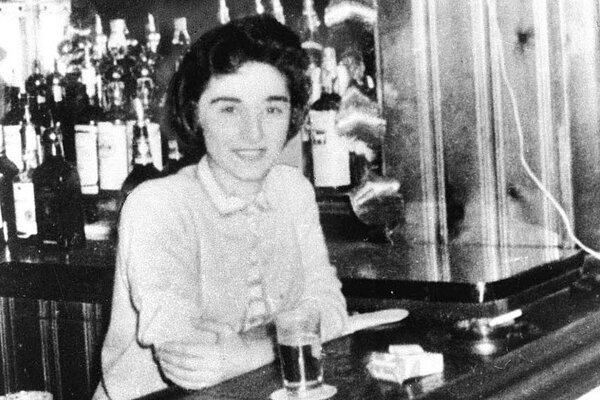 Kitty Genovese murder: would you have helped?
Kitty Genovese murder: would you have helped?Kitty Genovese, a New York City bar manager, was stabbed to death 50 years ago on Wednesday as witnesses reportedly watched, sparking an interest among psychologists in the so-called bystander effect.
- How old is sonar? Fossilized whale skull puts it at over 32 million years.
Researchers say a fossilized skull pulled from sandy muck outside Charleston, S.C., is the earliest known member of the whale family to show skeletal evidence for a natural form of sonar.
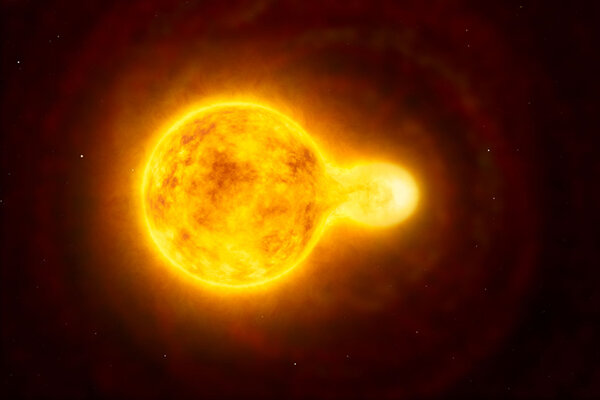 This humongous star is more than 1,300 times bigger than our sun
This humongous star is more than 1,300 times bigger than our sunHR 5171A, a 'yellow hypergiant star', the largest yellow star known so far, is also one million times brighter than the sun.
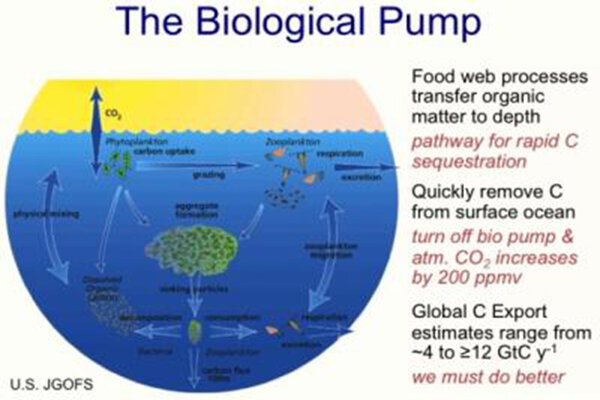 How do oceans absorb carbon dioxide? Scientists find clues.
How do oceans absorb carbon dioxide? Scientists find clues.Using satellite images, researchers have identified the role of plankton in the global carbon cycle.
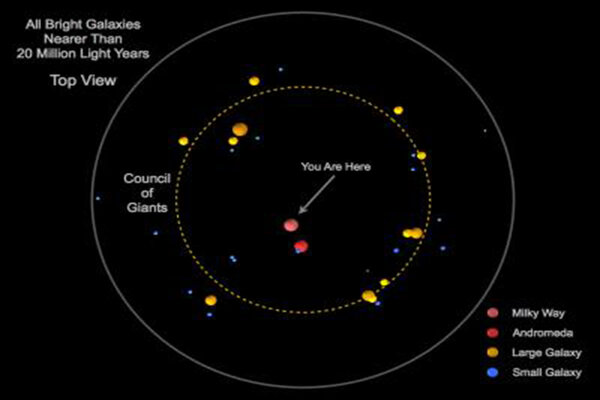 Was our galaxy formed by a 'Council of Giants'?
Was our galaxy formed by a 'Council of Giants'?Giant galaxies arranged in a ring around the Milky Way might have shaped its very formation, reveals a new study.
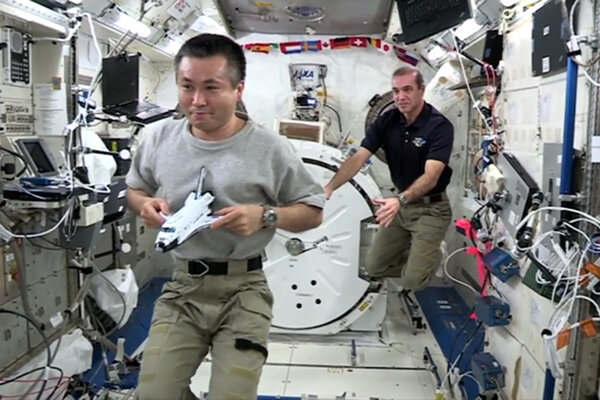 Astronauts celebrate 'Cosmos' with zero-g physics lesson
Astronauts celebrate 'Cosmos' with zero-g physics lessonA duo of astronauts aboard the International Space Station marked the premiere of 'Cosmos: A Spacetime Odyssey' with a microgravity demonstration of Newton's Third Law of Motion.
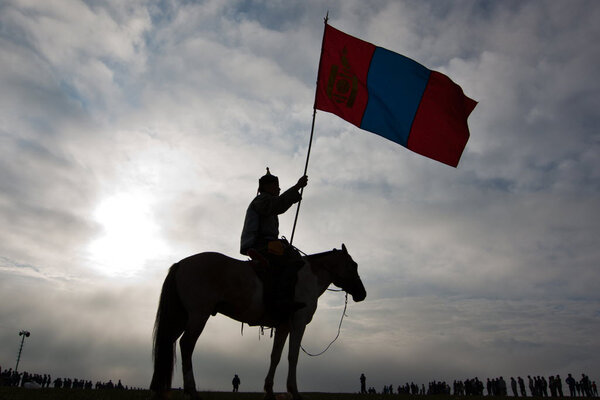 Decoding tree rings: How the climate may have helped Genghis Khan
Decoding tree rings: How the climate may have helped Genghis KhanNew evidence from ancient tree rings suggests that Mongolia at the time of Genghis Khan was wet and warm, allowing the landscape to produce enough fodder to keep his army on the move.
- How does life survive during ice ages? Scientists unravel mystery.
During ice ages, volcanoes served as a warm, cozy refuge for species, a new study reveals.
- After 166 days in orbit, space station crew returns to Earth
Three members of Expedition 38 crew have touched down safely in Kazakhstan, after experiencing five and a half months of microgravity.
- California earthquake: Should we expect more aftershocks?
California earthquake: A 6.8-magnitude temblor shook northern California on Sunday night. Can we still expect more aftershocks?
- Malaysia Airlines Flight 370: How does a plane just disappear like that?
Malaysia Airlines Flight 370, carrying 239 people, suddenly disappeared on its way to Beijing from Kuala Lumpur. Under what circumstances can a plane drop off the radar?
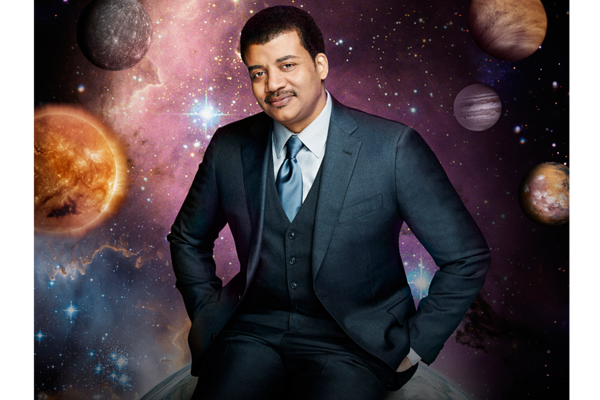 Seven amazing things we learned from watching 'Cosmos'
Seven amazing things we learned from watching 'Cosmos''Cosmos: A Spacetime Odyssey' reboots Carl Sagan's popular science miniseries. Here are seven things that the show's new host, Neil deGrasse Tyson, taught us about the universe and our place in it.
 Why 'Cosmos'? Why now? A Q&A with Neil deGrasse Tyson.
Why 'Cosmos'? Why now? A Q&A with Neil deGrasse Tyson.Astrophysicist and science communicator Neil deGrasse Tyson discusses his motives for rebooting the science documentary series 'Cosmos,' which premiered on Sunday evening on Fox.
 Loopholes in CFC ban pose new threat to ozone layer, say scientists
Loopholes in CFC ban pose new threat to ozone layer, say scientistsResearchers at the University of East Anglia have identified four chemicals permitted under the Montreal Protocol that appear to be slowing the recovery of the ozone hole.
- Astronaut twins in space? NASA did it before Winklevoss brothers
The Winklevoss twins will ride Virgin Galactic into space. But NASA astronauts Mark and Scott Kelly are the first set of identical twins to fly in space.
- Hubble telescope: Watch asteroid disintegrate
First-ever images of this event: NASA's Hubble Space Telescope captures images of the disintegration of an asteroid in deep space.
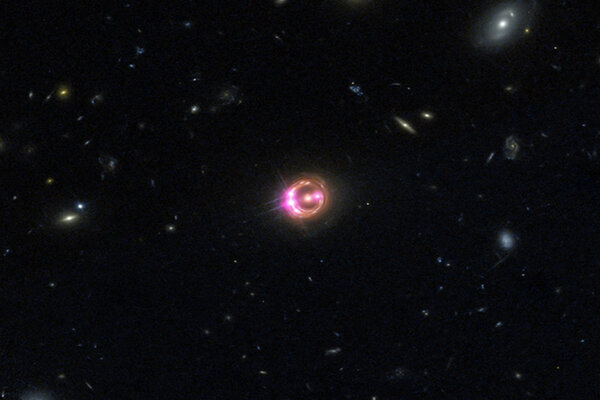 Scientists spot black hole spinning at half the speed of light
Scientists spot black hole spinning at half the speed of lightA black hole at the center of quasar RX J1131-1231, some 6 billion light years from Earth, has a rate of rotation that approximates half the speed of light, reveals a study.














